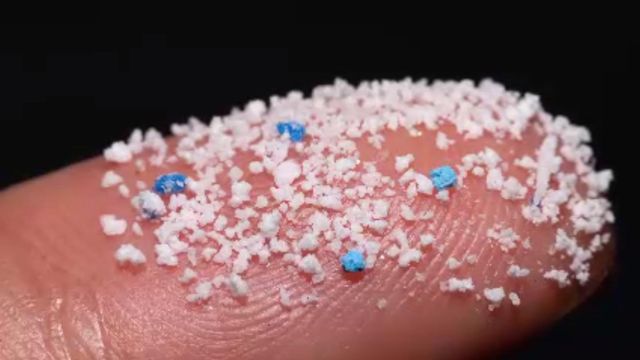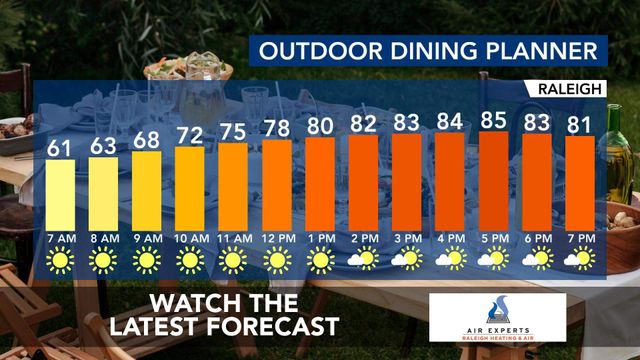5 On Your Side: How much plastic are we consuming?
Many of us are eating, drinking and breathing in tiny pieces of plastic on a regular basis.
Between bags, bottles and packaging, plastic is everywhere, including hand lotion, dish soap, coffee pods and yogurt.
Little fragments break off and become part of our diet.
Scientists are working to figure out how it impacts our health.
“We call these little fragments microplastics,” said Kevin Ioria, Consumer Reports’ heath editor. “They’re 5 millimeters at their largest, but they can be much smaller — they can be microscopic. And they end up in the food that we eat, the water that we drink and even the air that we breathe.”
A recent study estimates the average person consumes up to 5 grams of plastic a week. That's equivalent to a credit card.
The Plastics Industry Association told Consumer Reports that research hasn't shown "significant human health impacts" from microplastics, but it is something that requires further study.
“Experts that we’ve spoken with say that it’s very likely there are going to be at least some health effects,” loria said. “It’s possible, for example, that ingesting microplastics might increase our exposure to some other chemicals that we know are in some plastics, chemicals that we know have harmful health effects.”
Some of those chemicals have been linked to a variety of potential health problems, including reduced fertility, obesity, organ damage, developmental delays in children and even cancer.
So, what do we do?
Use less and eat less.
Microplastic levels in bottled water can be twice as high as what's in tap.
Don't heat food in plastic in the microwave. Keep food fresh and out of the packaging.
Another place you may be ingesting plastic is dust.
It's a big source of both microplastics and chemicals like phthalates.












